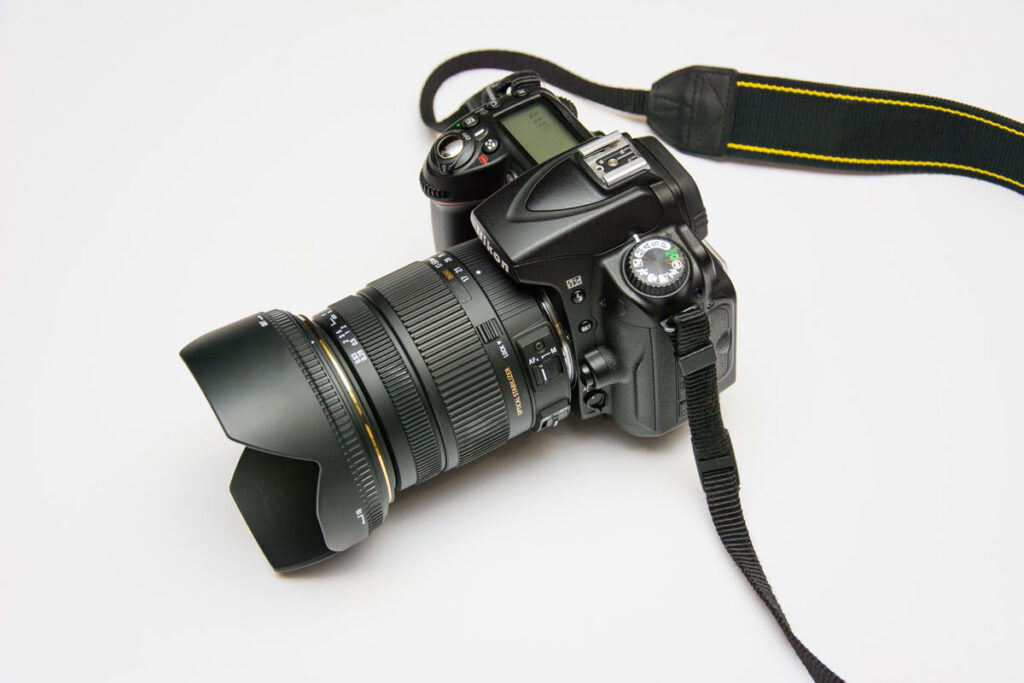In the ever-evolving world of digital photography, two dominant camera types, DSLR (Digital Single-Lens Reflex) and mirrorless cameras have emerged as popular choices among enthusiasts and professionals. Both offer unique advantages and cater to different shooting styles and preferences. This article aims to shed light on the DSLR vs. mirrorless debate, exploring the key differences between these camera types and helping you make an informed decision based on your specific needs and shooting style.
Optical Viewfinder vs. Electronic Viewfinder
One of the fundamental distinctions between DSLR and mirrorless cameras lies in their viewfinder systems. DSLRs feature an optical viewfinder that uses a mirror and prism system to reflect the scene directly into your eye. This provides a natural, real-time view of the scene. On the other hand, mirrorless cameras utilize an electronic viewfinder (EVF) or rely solely on the rear LCD screen. EVFs offer a digital representation of the scene, providing a preview of the image as it will be captured. The choice between optical and electronic viewfinders largely depends on personal preference and shooting style.
You will get vivid information about mechanical and electronic shutter in my previous article.
Size and Portability
Mirrorless cameras have gained popularity due to their compact size and lightweight design. The absence of a mirror mechanism allows for a slimmer camera body, making them more portable and convenient for travel or street photography. DSLR cameras, with their larger bodies and additional internal components, tend to be bulkier and heavier. However, DSLRs often provide a more ergonomic grip, particularly for photographers with larger hands.
Autofocus Performance
Both DSLR and mirrorless cameras offer advanced autofocus systems, but their mechanisms differ. DSLRs typically use a phase-detection autofocus (PDAF) system, which relies on a dedicated autofocus sensor and utilizes the mirror mechanism to direct light to the sensor. Mirrorless cameras, on the other hand, primarily employ contrast-detection autofocus (CDAF) or a combination of contrast and phase detection. Mirrorless cameras are known for their fast and accurate autofocus performance, particularly in continuous tracking of moving subjects.

Lens Selection and Adaptability
DSLRs have a significant advantage in terms of lens selection and compatibility. As DSLRs have been in the market for a longer time, they benefit from a vast array of lenses from various manufacturers. Additionally, DSLRs often support older lenses through adapters. However, mirrorless cameras have been catching up rapidly, with an increasing number of native lenses available. Mirrorless systems also offer the advantage of using adapters to mount lenses from other systems, expanding their versatility.
Image Stabilization
Both DSLR and mirrorless cameras employ various technologies to stabilize images. DSLRs typically feature optical image stabilization (OIS) built into certain lenses, while mirrorless cameras often incorporate sensor-shift image stabilization (IBIS) within the camera body itself. IBIS provides stabilization benefits regardless of the lens used, whereas OIS depends on lens compatibility. However, it’s worth noting that some mirrorless cameras combine lens-based and sensor-based stabilization for optimal results.
Battery Life
Due to their larger bodies, DSLRs can accommodate larger batteries, which generally translates to longer battery life compared to mirrorless cameras. Mirrorless cameras tend to be more power-hungry due to their electronic viewfinders and constant sensor operation. However, advancements in battery technology have significantly improved mirrorless camera battery performance in recent years, narrowing the gap.

Video Capabilities
Mirrorless cameras often excel in video recording due to their electronic viewfinders, silent shooting modes, and advanced autofocus systems. Many mirrorless cameras offer 4K video recording, high frame rates, and focus peaking, making them popular among videographers. DSLRs, while still capable of capturing high-quality video, may have limitations in terms of autofocus during video recording and may not offer the same level of video-specific features.
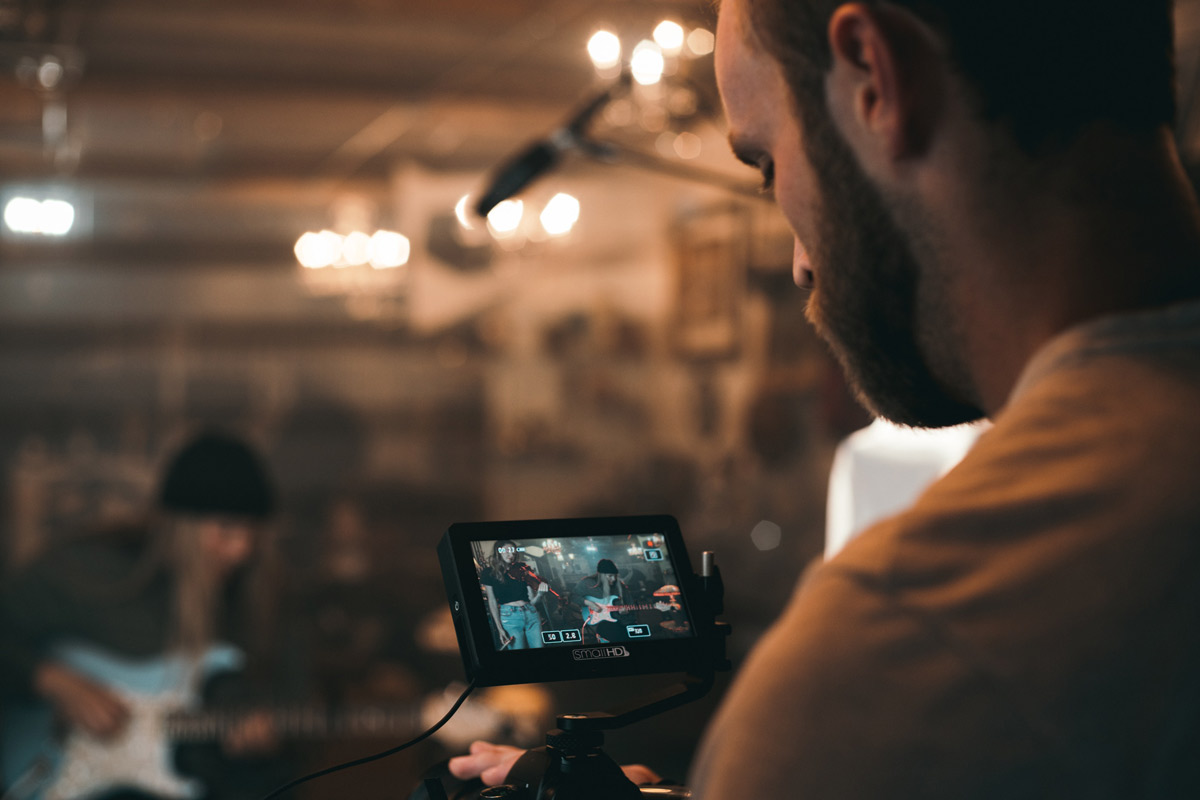
Burst Mode and Continuous Shooting
Both DSLR and mirrorless cameras offer burst mode or continuous shooting capabilities, allowing you to capture multiple frames in quick succession. Consider the maximum frames per second (fps) rate offered by the camera, which is particularly important for sports, wildlife, or action photography where capturing fast-moving subjects is crucial.
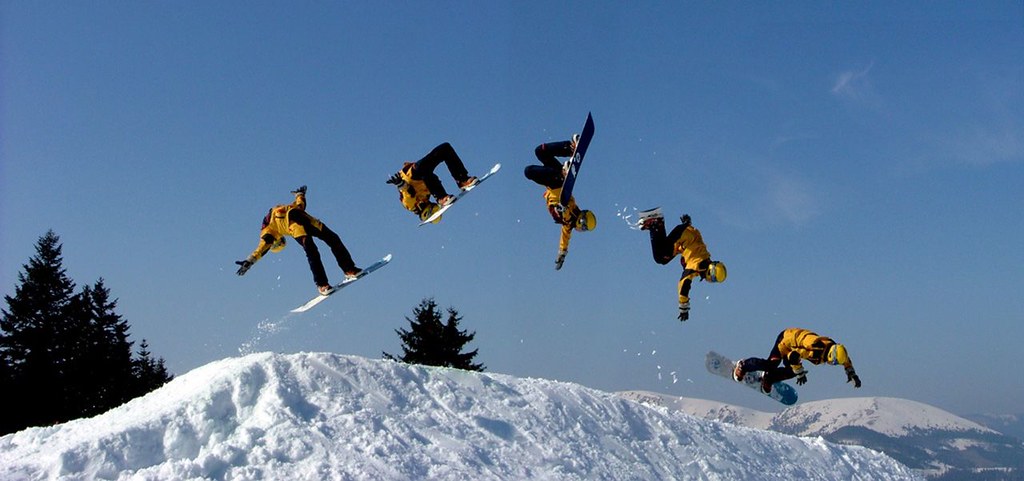
Image Quality and Sensor Technology
Image quality is influenced by various factors, including sensor size, resolution, dynamic range, and low-light performance. Full Frame DSLR cameras, with their larger sensors, generally excel in low-light conditions and provide better dynamic range. However, many mirrorless cameras have made significant strides in sensor technology, offering competitive image quality in smaller sensor sizes such as APS-C or Micro Four Thirds.
Silent Shooting:
Mirrorless cameras have an advantage in terms of silent shooting modes. With no mirror mechanism, they can capture images silently, making them suitable for situations where noise could be distracting, such as weddings, events, or wildlife photography.
Customization and Controls
Consider the level of customization and control options offered by the camera. Some photographers prefer the extensive physical buttons and dials of DSLRs, allowing quick access to settings without diving into menus. On the other hand, mirrorless cameras often provide customizable buttons and touchscreens, offering flexibility in configuring the camera to suit your shooting style.
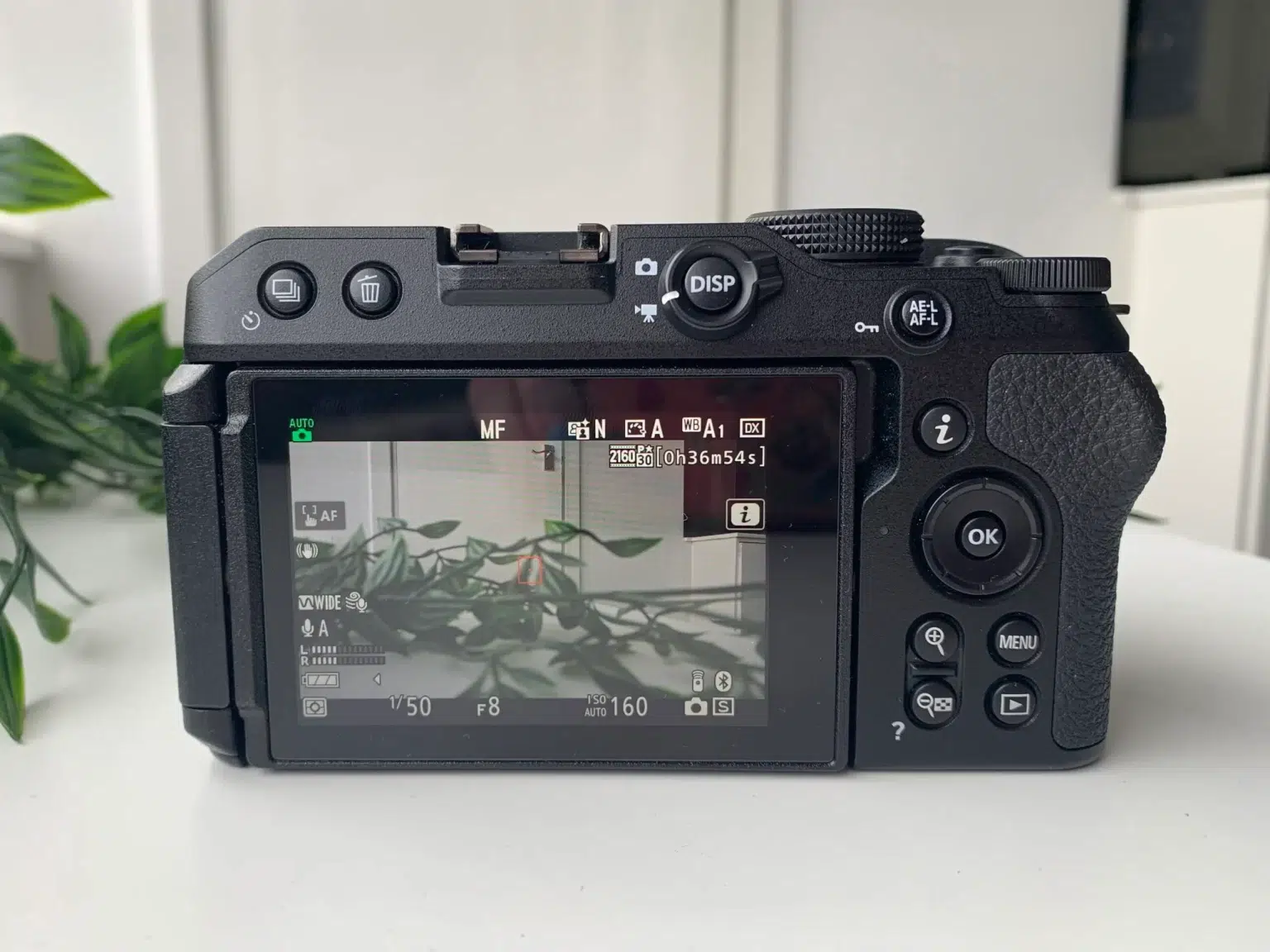
Weather Sealing and Durability
If you anticipate shooting in challenging weather conditions or rugged environments, consider the camera’s weather sealing and durability. DSLR cameras, with their robust construction, often have better weather sealing against dust and moisture, making them suitable for outdoor photography in adverse conditions.
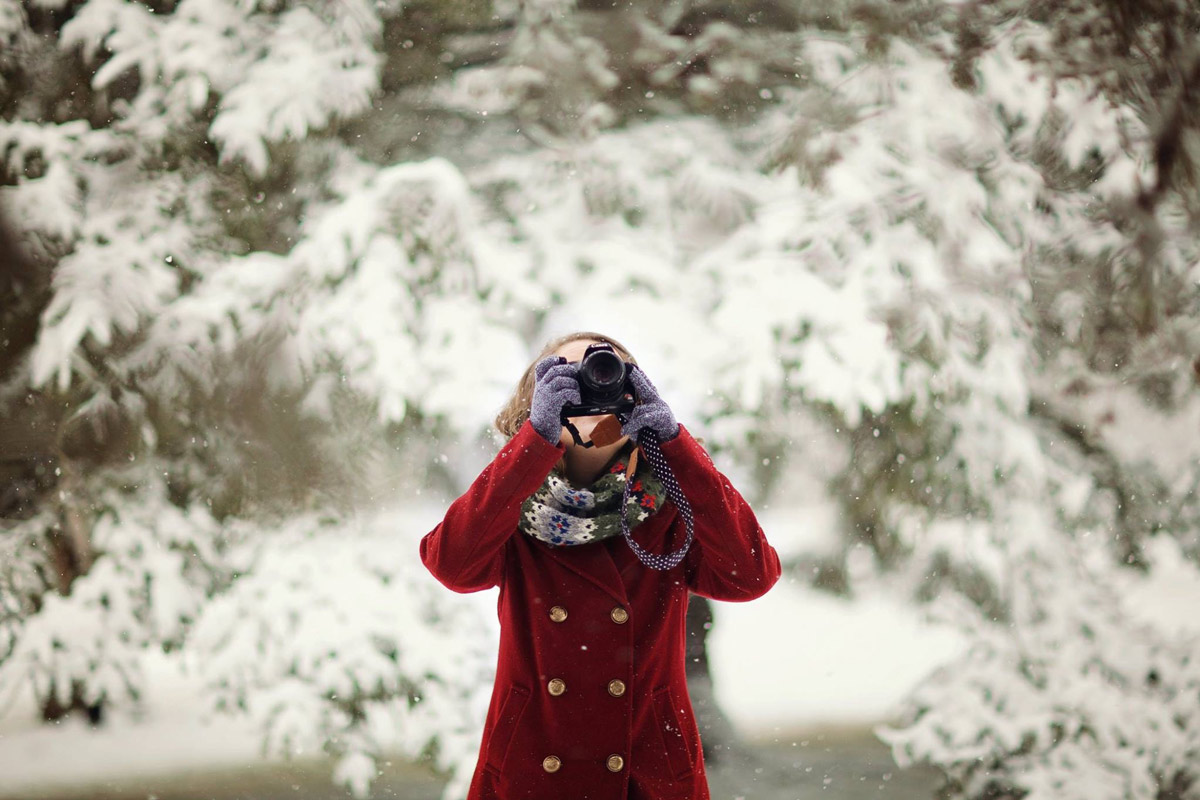
User Interface and Menu System
Pay attention to the camera’s user interface and menu system. Ensure that the camera’s menu is intuitive and user-friendly, allowing easy navigation and access to settings. A well-designed interface can enhance your shooting experience and reduce the time spent fumbling through menus.
Price and Value for Money
Evaluate the overall value for money offered by the camera. Consider not only the upfront cost of the camera body but also the availability and cost of lenses and accessories. Determine if the camera’s features, performance, and potential for future growth justify the investment.
Rental and Try-Before-Buy
If you’re uncertain about which camera to choose, consider renting or borrowing different models before making a purchase. This allows you to get hands-on experience and a better understanding of the camera’s capabilities and how well it suits your needs.
Conclusion
Choosing between a DSLR and a mirrorless camera ultimately depends on your shooting style, preferences, and specific requirements. DSLRs offer the advantage of an optical viewfinder, extensive lens selection, and longer battery life, while mirrorless cameras excel in portability, advanced autofocus systems, and video capabilities. Consider your needs, budget, and the available options in the market. If possible, try out different cameras to determine which one feels comfortable in your hands and aligns with your creative vision. Remember, both DSLR and mirrorless cameras offer exceptional imaging capabilities, allowing you to capture stunning photographs and unleash your artistic potential.
Remember, the best camera for you is the one that meets your specific requirements, shooting style, and budget. Research, compare, and prioritize features that are most important to you. Ultimately, it’s about finding a camera that empowers you to capture your vision and brings your creative ideas to life.



